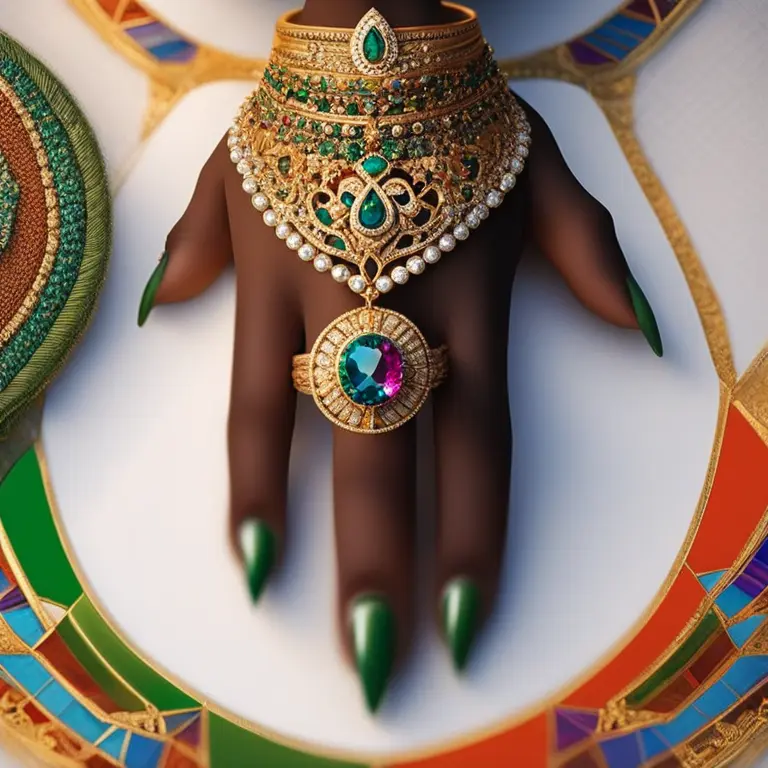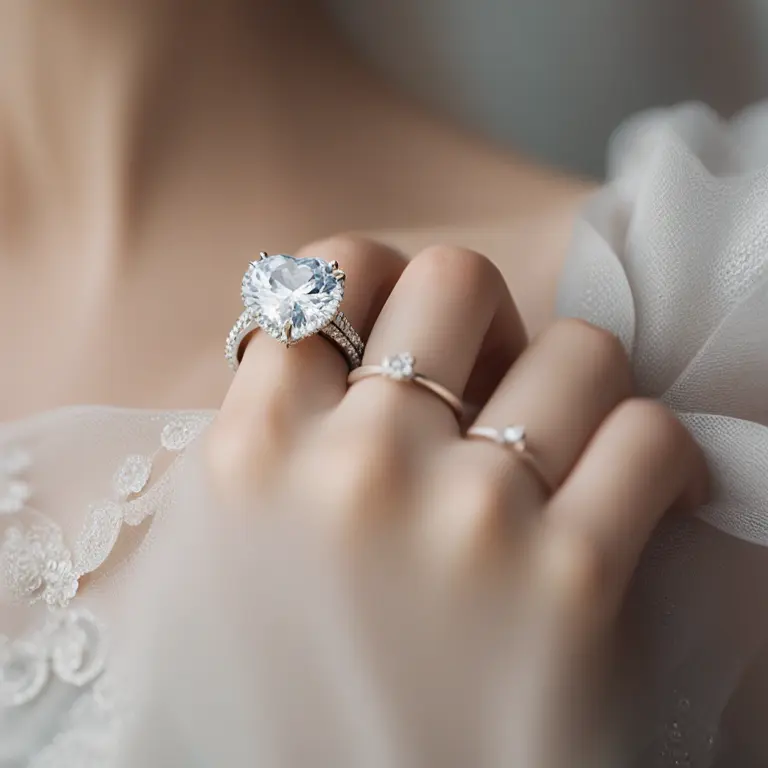
Which Hand Bears the Engagement Ring?
Discover the traditions and meanings behind the choice of hand for wearing an engagement ring in modern practices.
article by Nora Pennington
Engagement Ring Traditions
In the journey toward matrimony, the engagement ring plays a pivotal role. It's not just a symbol of love and commitment, but also a piece steeped in tradition and cultural significance. While many customs evolve and change over time, the hand on which an engagement ring is worn has historically been a topic of both practical and symbolic deliberations. In this article, we will explore the prevailing customs and the reasons behind them, navigating through the narrative that defines why certain hands are favored for this emblem of unity.

Right Hand or Left?
In most Western countries, the engagement ring is traditionally worn on the fourth finger of the left hand. This custom can be traced back to the ancient Romans, who believed that the "vena amoris," or the vein of love, ran directly from this finger to the heart. Despite the anatomical inaccuracy, this romantic notion has endured. However, this isn't a universal standard. In some countries, such as Russia, India, and Norway, it's customary to wear the engagement ring on the right hand. This divergence is often rooted in local customs and religious beliefs.

Cultural and Regional Variations
Cultural norms heavily influence nuptial traditions, and the wearing of the engagement ring is no exception. For instance, in many Eastern European countries, including Poland and Ukraine, the engagement ring is worn on the right hand pre-marriage and moved to the left hand after the wedding. This transition signifies the change in the relationship's status. Similarly, in some cultures, the ring is transferred from one hand to the other to indicate a bond that has matured from engagement into marriage.

Modern Interpretations and Choices
As societies evolve, so do their customs. Today, the choice of which hand to wear an engagement ring on can be a personal decision rather than a strict adherence to tradition. Some may choose based on convenience or profession, such as left-handed individuals opting for the right hand to minimize wear and tear. Others may decide based on aesthetics or the desire to make a statement that defies convention. In the modern context, the significance of the choice lies more in what it means to the individual or couple than in following an established practice.

The Role of Equality and LGBTQ+ Inclusivity
The conversation about engagement rings has expanded to be more inclusive. In the LGBTQ+ community, the choice of which hand to wear engagement rings is often seen as a reflection of equality within the relationship, with no set rule dictating the decision. Couples may choose based on their preferences, symbols of their union, or redesigning traditional norms to fit their personal narratives. This flexibility exemplifies how engagement ring customs continue to adapt in step with societal progress.
Conclusion: A Symbol of Love
Ultimately, whether an engagement ring sparkles on the left or right hand is less important than what it symbolizes: the love, commitment, and partnership between two individuals ready to embark on life's journey together. As we move forward, the norms around these cherished traditions will likely continue to shift, reflecting the diverse and evolving nature of love itself. Regardless of the hand that bears the engagement ring, the promise it signifies remains perennially strong and beautiful.
Published: 1/11/2024
Modified: 1/12/2024
More predictions
Come back here soon to learn more about yourself and your future


Can We Trust Palmistry?
Delving into the realm of palmistry, this article examines its credibility and place in contemporary spiritual practices.


The Possibility of Palmistry in Cancer Detection
Examining the claims that palmistry holds any potential in identifying the risk of cancer: a deep dive into the world of mysticism and medicine.


Palmistry Basics: How to Read Your Hand's Secrets
Learn the basics of palmistry with this guide on how to read the lines and shapes of your hands to reveal insights about your personality and future.